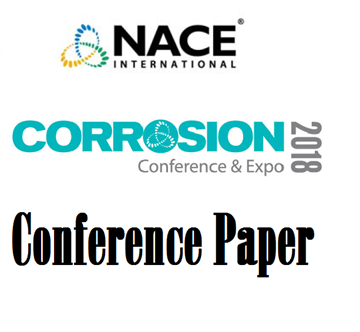Search
51316-7801-Analysis and Evaluation of Cathodic Protection within a Vapor Corrosion Inhibitor Gel Filled Casing
Also Purchased
51318-10901-Overall Effect of Vapor Corrosion Inhibitors on Casing Corrosion Mitigation
Product Number:
51318-10901-SG
Publication Date:
2018
$20.00
51314-4167-Development and Application of a New Solution for Mitigation of Carrier Pipe Corrosion Inside Cased Pipeline Crossings
Product Number:
51314-4167-SG
ISBN:
4167 2014 CP
Publication Date:
2014
$20.00




